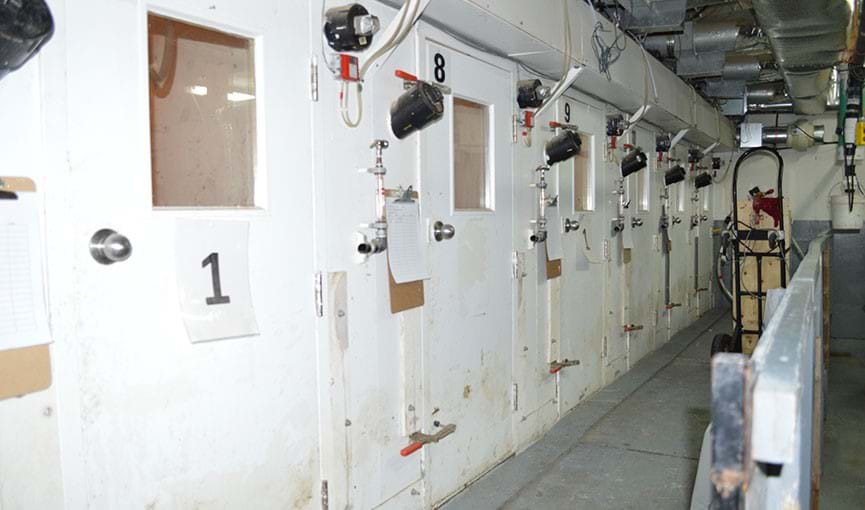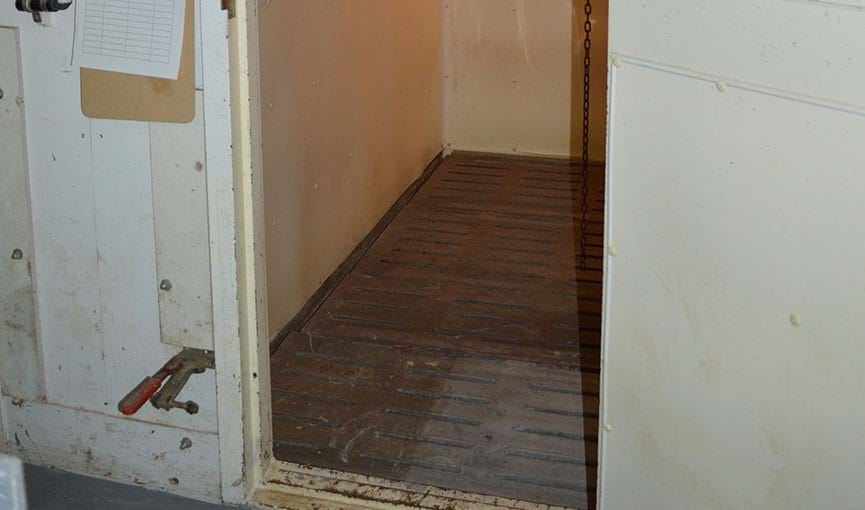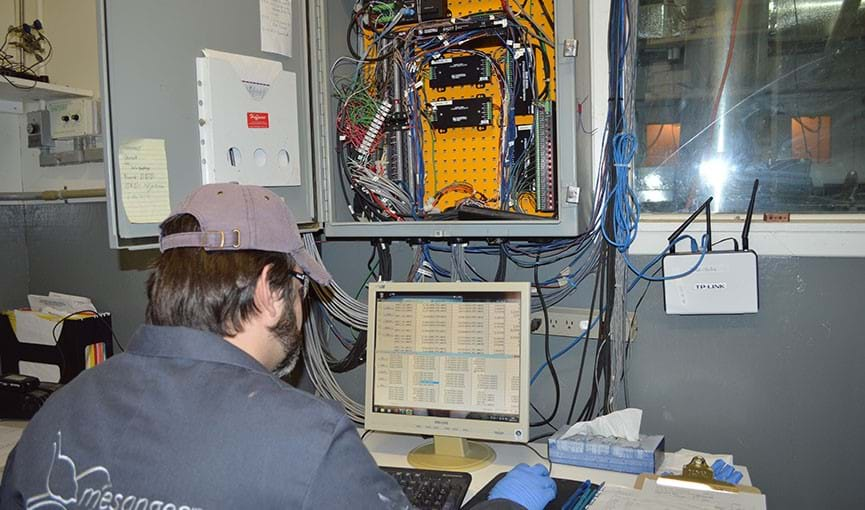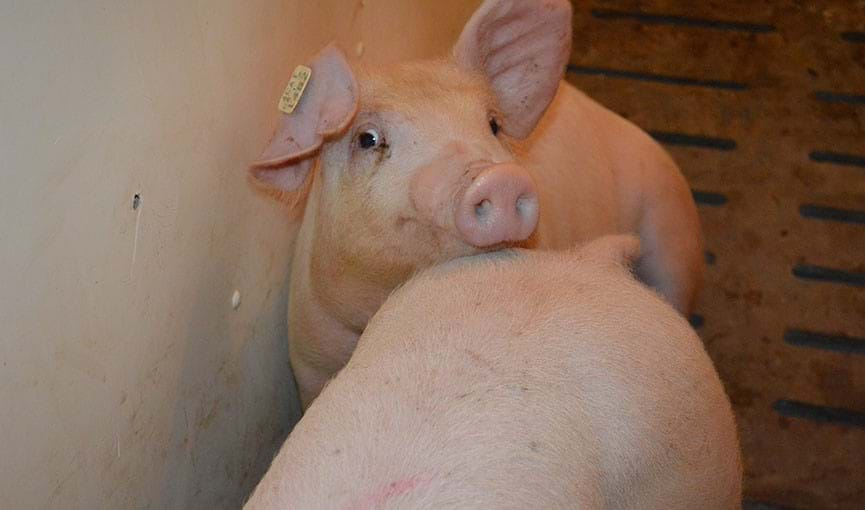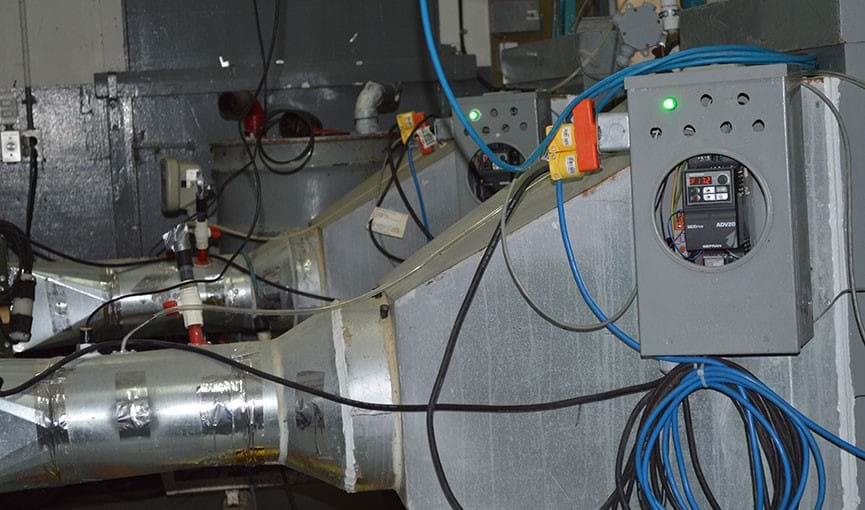Animal welfare
Animal welfare and profitable production are compatible
The concept of farm-animal welfare is based on the idea that animals should have greater freedom of movement so they can express their natural behaviours. While this may seem like a daunting challenge from an economic perspective, these days concern for livestock welfare is no longer at odds with profitability goals. Thanks to R&D and technological advancements, efforts to improve animal welfare do not necessarily imply longer working hours, increased discharge of waste into the environment, or significant contamination of building air. In fact, research has shown that it is possible to reconcile animal welfare with profitable production. A good example is the breeding of dairy cows in free stalls outfitted with robotic milking.
Recognized expertise in developing eco-friendly buildings
With facilities unique in Canada, IRDA provides comprehensive agri-environmental assessments of livestock housing. IRDA's experts test and recommend the best materials to use to ensure the durability of structures. They also advise on optimal layouts for animals that are also eco-friendly. Utilizing their engineering expertise and advanced control indicators (humidity, ambient temperature, air velocity, animal forehead or earlobe temperature, eye colour, etc.), IRDA experts can determine the best practices to consider when creating an animal-friendly environment. Their advice to farmers and their consultants help them make informed decisions when it comes to designing or constructing farm buildings.
IRDA’s work helps farmers make their investments profitable by increasing the useful life of farm buildings designed with animal welfare in mind.



